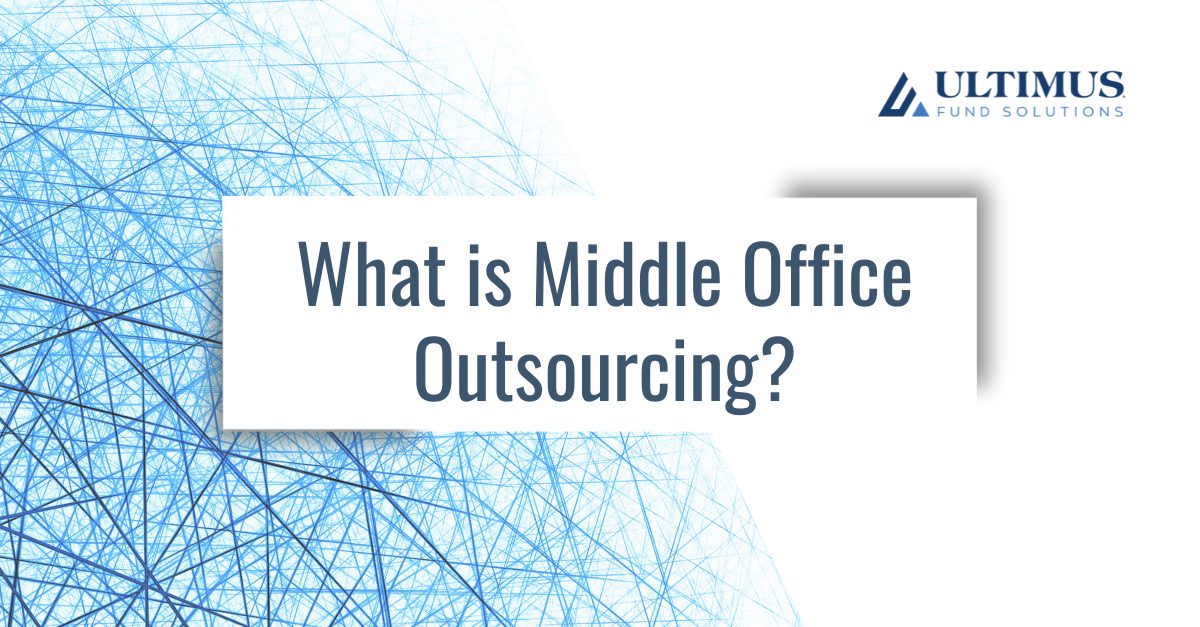Technology plays a crucial role in Middle Office solutions, as it enables automation, integration, and scalability. Several types of market-leading technology can be used to implement Middle Office solutions, including:
Trade Settlement Utilities:
With the tightening of settlement timelines across the globe, the need for technology-based workflow is critical to providing automation to mitigate the potential for failed trades and subsequent penalties. Matching and Settlement Instruction utilities offered by FinTech’s, along with the use of SWIFT for normalized automated instruction messaging to custodians, enable organizations to scale their business to manage volume and eliminate manual settlement workflow.
Investment Accounting:
Maintaining a single, trade-date based, accounting book of record across an organizations entire book of business is core to support all facets of their enterprise. Use of a “real-time” general ledger supporting daily valuation of positions, and reconciliation to custodian banks eliminates the operating need of manually aggregating, normalizing, and reconciling their position and cash data from 3rd party sources. There are many options available in this space including both SaaS and outsourced services, many of which can be bundled with other tools/services such as performance measurement, data management, and reporting.
Data Management:
Middle Office teams need to collect, normalize, and analyze a vast amount of data from a wide range of sources, including market data feeds, trade data, and transaction data. They also need to ensure the accuracy and completeness of this data, which can be a complex and time-consuming task. Middle Office solutions frequently employ complex data management technology, such as data warehouses and data analytics tools, to address these challenges. These technologies enable dedicated teams at Middle Office to store, process, analyze, and provide reporting on large volumes of data in a centralized and scalable manner, allowing them to identify patterns, trends, and potential risks more quickly and accurately.
Workflow Automation:
Middle Office processes can be complex and involve multiple manual steps, which can be error-prone and time-consuming. Middle Office solutions frequently leverage workflow automation technology, such as robotic process automation (RPA) and machine learning (ML) algorithms, to address these difficulties. These technologies enable Middle Office teams to automate routine tasks, reduce errors, and improve efficiency and speed in their operations.
Industry-leading technology plays a critical role in ensuring effective compliance and risk management in the Middle Office, enabling organizations to operate efficiently and effectively in today’s complex regulatory environment.


